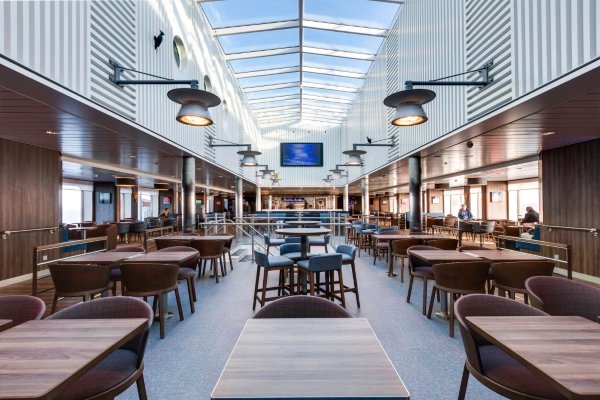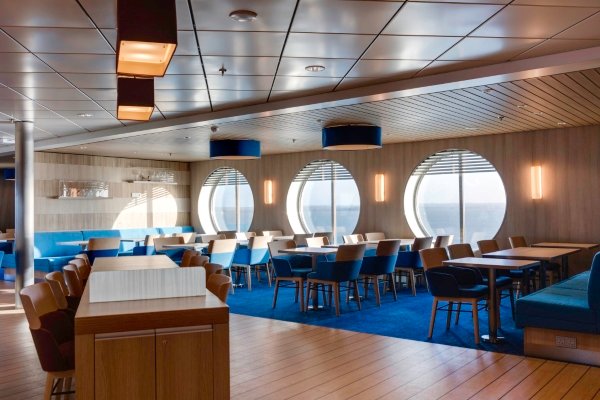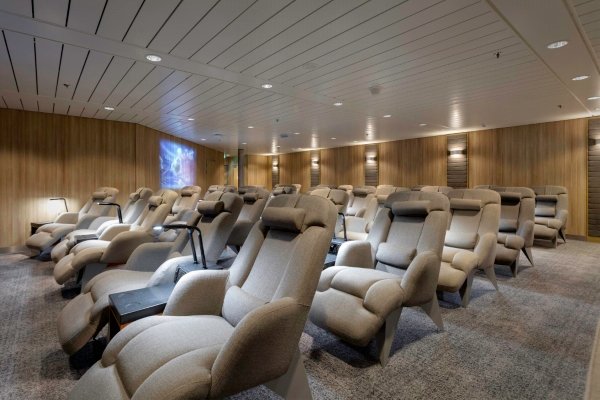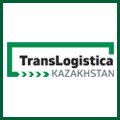
Stena Line is to continue its expansion on the Baltic Sea during 2022, increasing both freight- and passenger capacity. The Swedish family-owned ferry company today announce that they will deploy their two new 240-meter-long fuel-efficient E-Flexer* ferries, on the Nynäshamn-Ventspils next year. Stena Line also announce plans to increase the capacity on the Karlskrona-Gdynia route with the deployment of the two large and modern ferries Stena Scandica and Stena Baltica.
Over the past year, Stena Line has expanded in the Baltic Sea, increasing both freight and passenger capacity, to cater for increasing demand of sea transportation in the region. This year Stena Line have already introduced new large and modern ferries on both of their two Latvian routes Nynäshamn-Ventspils and Travemünde-Liepaja.
Today, the Swedish family-owned ferry company announce that their expansion on the Baltic Sea will continue during 2022. Next year Stena Line will deploy their two new 240-meter-long fuel-efficient E-Flexer* ferries on the Nynäshamn-Ventspils route. The ferries will have a capacity for 1200 passengers, an increase of 33%compared to existing ferries, and a total of 3600 meters of freight lane meters, an increase of 25%.
“We continue growing together with our customers by strengthen our position and fleet across the Baltic Sea. Demand for capacity in the region keeps increasing as freight customers continue to expand and travel passengers choose ferry travel as their preferred safe form of transport in the wake of the pandemic. These large, modern, and fuel-efficient next generation ferries are the flag ships in the modernisation of our fleet as well as our development of sustainable shipping” says Niclas Mårtensson, CEO Stena Line Group.
Up to 30 % more energy efficient
Stena Line’s position as the leader in sustainable shipping is clearly visible and the new vessels are among the most energy efficient RoPax ferries in the world. The E-Flexer ferries are up to 30 % more energy efficient than existing vessels, thanks to optimum design of the hulls, propellers, bulbs, and rudders. The vessels are delivered gas-ready, to allow conversion to methanol or liquid natural gas fuel. The new ferries will be equipped to use shore power during port calls to reduce emissions and the electricity connection also enables a conversion to battery hybrid in the future. The vessel will offer efficient loading and unloading with drive-through lanes on the two levels.
“Stena Line’s Scandinavian heritage is clearly visible on the interior and the design is spacious and light, with amazing panoramic views. The new vessels will offer our passengers a brand new onboard and travel experience on Ventspils-Nynäshamn, the shortest route between the Baltics and Scandinavia”, says Johan Edelman”, Trade Director Baltic Sea North, Stena Line.
Capacity increase on Karlskrona-Gdynia
Stena Line today also announce their plans to increase the capacity on the Karlskrona-Gdynia route further during 2022 with the deployment of the two large and modern 222-meter RoPax ferries Stena Scandica and Stena Baltica. The two Visentini vessels has recently been lengthened and modernised and will add 30 % freight capacity and a brand new modern onboard experience for both drivers and passengers on the Karlskrona-Gdynia route.



source Stena Line




.jpg)






